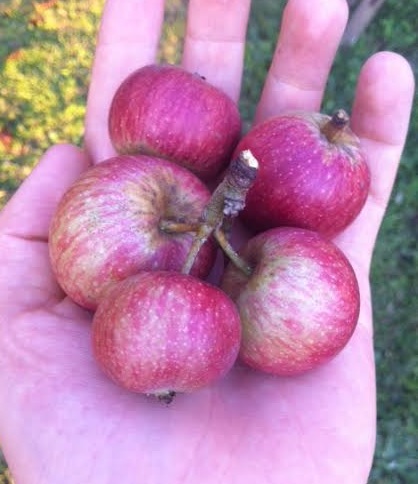 These are some tiny apples coming from my garden. This variety is called annurca, and it’s super delicious.
These are some tiny apples coming from my garden. This variety is called annurca, and it’s super delicious.
No pesticides, no weird chemicals, plenty of nutrients… way better than the industrial candies!

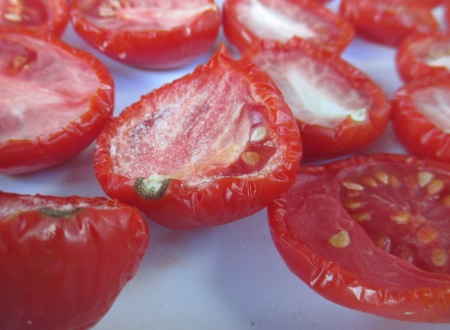 This year, since my dad and I have grown a little too many tomatoes for what we actually use, I am trying to use some of them to make sundried tomatoes, so they can be preserved. This is the first time I try, and so far it’s going very well! These are our own grown tomatoes after day 2 of drying. Ideally, the the best tomato types to make sundried tomatoes are San Marzano or Roma, but I used all sort of tomatoes (since that’s what we have), from cherry tomatoes to salad tomatoes. I sliced them, sprinkled salt over the surfaces, and put them outside in the sun. After 5-6 days of drying in total they should be ready. The final step, before putting them in a jar with oil, will be to boil them with 50% water and 50% vinagre. Yummy!
This year, since my dad and I have grown a little too many tomatoes for what we actually use, I am trying to use some of them to make sundried tomatoes, so they can be preserved. This is the first time I try, and so far it’s going very well! These are our own grown tomatoes after day 2 of drying. Ideally, the the best tomato types to make sundried tomatoes are San Marzano or Roma, but I used all sort of tomatoes (since that’s what we have), from cherry tomatoes to salad tomatoes. I sliced them, sprinkled salt over the surfaces, and put them outside in the sun. After 5-6 days of drying in total they should be ready. The final step, before putting them in a jar with oil, will be to boil them with 50% water and 50% vinagre. Yummy!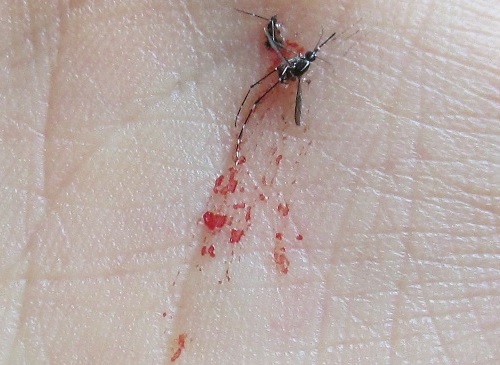 This instead is a tiger mosquito that I just squashed. That blood was my blood! I mean, ok mosquito, it’s your right to bite me because you also have to eat, fair. But once you’ve stolen me some blood, you’re supposed to leave me alone with my itch and go digest your booty somewhere else. How smart was, instead, to keep on flying around me, heavy with my blood and slower than usual??? Hmmm??? Hmmm??? I’ll tell you: not much!
This instead is a tiger mosquito that I just squashed. That blood was my blood! I mean, ok mosquito, it’s your right to bite me because you also have to eat, fair. But once you’ve stolen me some blood, you’re supposed to leave me alone with my itch and go digest your booty somewhere else. How smart was, instead, to keep on flying around me, heavy with my blood and slower than usual??? Hmmm??? Hmmm??? I’ll tell you: not much!
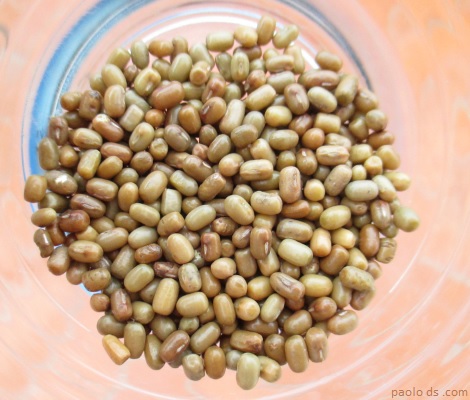 I found these little beans yesterday in an ethnic shop. I’ve never eaten these before, they’re called moth beans and they come from India. Moth beans look pretty much like mungo beans, but they are brownier and smaller. As many other legumes, they are very nutritious and particularly rich in proteins. I am turning these into sprouts, they’re soaking now!
I found these little beans yesterday in an ethnic shop. I’ve never eaten these before, they’re called moth beans and they come from India. Moth beans look pretty much like mungo beans, but they are brownier and smaller. As many other legumes, they are very nutritious and particularly rich in proteins. I am turning these into sprouts, they’re soaking now!
From today I’ll start to share some of the healthy foods that I eat, usually things that I am preparing at the moment and that I take in a picture. Right now for example I am boiling whole rice (which is much more nutritious than the common white rice, it just takes 20 minutes more to cook) with black eyed peas. In the water I added some pieces of ginger which will give a great flavor. This meal is a nice combination of carbohydrates (rice) and proteins (beans). I’ll just put some extra-virgin olive oil on it (very good type of fat) and eat. Very healthy, very tasty.
I consider this the most important concept to know about nutrition: the density of nutrients of foods. Let’s explain it using a simple comparison between white rice and a strawberry.
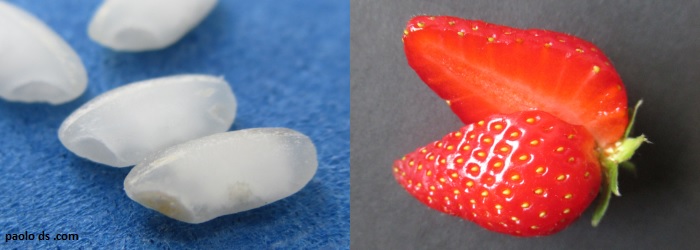 They are both foods, and both contain nutrients. Nutrients can be:
They are both foods, and both contain nutrients. Nutrients can be:
Macronutrients, most people tend to focus only on these, are the nutrients that we need in larger amounts. Proteins help us build our structures (like muscles and hair), carbohydrates give us energy (ideal before sport activities), fats make protective layers around organs and tissues and are a source of stored energy.
Micronutrients, most people think to these as “supplements” and “pills”, are the nutrients that we need in smaller amounts, but we still need them. Very much! The cells of our body don’t function properly without micronutrients.
Now, what can we say about the density of nutrients of white rice?
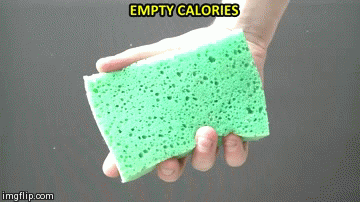 White rice essentially contains only macronutrients. In particular, it contains mostly carbohydrates. Apart from this, it has near-zero micronutrients: near-zero vitamins… near-zero fiber… near-zero minerals… near-zero phytochemicals… and so on. This means that despite the fact that white rice has calories, so it makes us feel full when we eat it, it has very few nutrients.
White rice essentially contains only macronutrients. In particular, it contains mostly carbohydrates. Apart from this, it has near-zero micronutrients: near-zero vitamins… near-zero fiber… near-zero minerals… near-zero phytochemicals… and so on. This means that despite the fact that white rice has calories, so it makes us feel full when we eat it, it has very few nutrients.
White rice has a low density of nutrients. If we eat, it it’s like if we would be eating a dry sponge: it makes “volume” in our body, but when our intestine squeezes it to get the nutrients it wants, it finds almost nothing inside. Therefore white rice is bad for our health: it makes us fatter, but it gives us very few nutrients.
Foods like white rice, that have a low density of nutrients, tend to make us undernourished. No matter if we have normal weight, are overweight, or even obese. We can definitely be undernourished if we frequently feed on dry sponges.
What about strawberries instead?
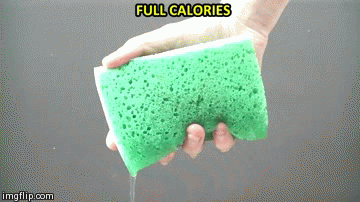 A strawberry contains macronutrients AND micronutrients. It has mostly carbohydrates as well, but inside a straberry there is also a pletora of wonderfully useful micronutrients: vitamins, minerals, phytochemicals, fiber, and so on.
A strawberry contains macronutrients AND micronutrients. It has mostly carbohydrates as well, but inside a straberry there is also a pletora of wonderfully useful micronutrients: vitamins, minerals, phytochemicals, fiber, and so on.
The strawberry has a high density of nutrients. If we eat, it it’s like if we would be eating a wet sponge. When our intestine squeezes it, it finds a lot of useful resources for the body.
Foods like the strawberry, that have a high density of nutrients, help us stay healthy and energized. They make us feel light, vibrant, functional.
White rice and the strawberry are two foods that I picked as representatives of two very different categories of foods. It’s super important to understand this difference to know what foods to choose for a healthy diet.
The foods with a low density of nutrients are “empty calories“. They give us calories (satisfying our appetite), but they give us miserable nutrients. In this category are, for example: table sugar, white pasta, white bread, fast food, french fries, processed meat, sodas, industrial sweets like donuts, breakfast “cereals” and pastries.
The foods with a high density of nutrients are “full calories“. They give us calories as well, but this time they also give us nutrients. In this category are basically all fruits and vegetables. Strawberries, apples, oranges, coconut, watermelon, kiwi, chard, spinach, tomatoes, carrots, pumpkin: these are all good examples of nutrient dense foods.
So, this explains why nutritionists stress so much the importance of having a diet rich in fruits and vegetables: because they contain nutrition.
The only way to have a good health and a high level energy is to avoid as much as possible the empty calories, and have a diet rich of nutrient dense foods instead.
All this translated in a graphic advice:
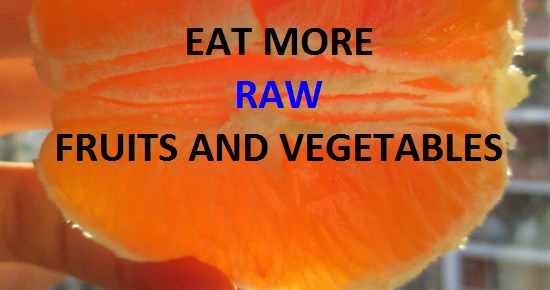 Note: don’t make the mistake of cooking fruits and vegetables when it’s not needed. Most micronutrients, especially the vitamins, die when you deepfry or boil too much the foods. Frying and boiling the vegetables excessively turns foods -that are potentially very healthy- into empty calories.
Note: don’t make the mistake of cooking fruits and vegetables when it’s not needed. Most micronutrients, especially the vitamins, die when you deepfry or boil too much the foods. Frying and boiling the vegetables excessively turns foods -that are potentially very healthy- into empty calories.
Notes: updated last time March 27, 2015: rephrased better.
Related: Brown rice vs white rice.